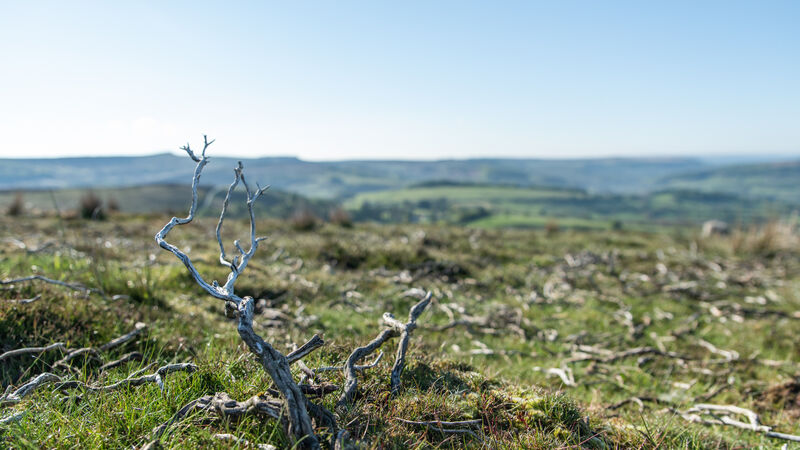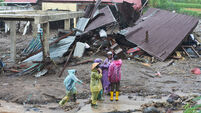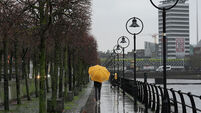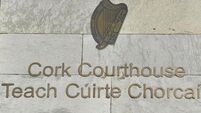Saoirse McHugh: Rewilding is one of the best solutions we have in fight against climate collapse

Peatland, woodland, marine areas, grassland, and wetlands all store and draw down carbon dioxide from the atmosphere when working correctly. These are complex ecosystems which need various plants, animals, and insects in different combinations in order to function in a self-regulating and stable manner

Although the main premise of it is that we release our hold on the reins and let nature guide the conservation and management of areas, it often includes the reintroduction of missing species, the undoing of hard engineering such as drains and dams, and the removal of damaging invasive species like rhododendron. It requires us to let go of fixed ideas of neatness and what a place should look like.

This is not just a phenomenon of warmer climates; in England, projects such as Knepp Castle estate and Wicken Fen reserve observe combinations of species and behaviours that have been so long missing from the landscape they come as a surprise and even fly in the face of what we thought we knew about ecology.

Imagine what that would look like across a horizon. Imagine seeing rivers so packed with salmon that you could catch one with your hand; imagine hearing the hauntingly beautiful cry of the curlew across the bogs; imagine catching a glimpse of a lynx while on a hike.
CLIMATE & SUSTAINABILITY HUB















